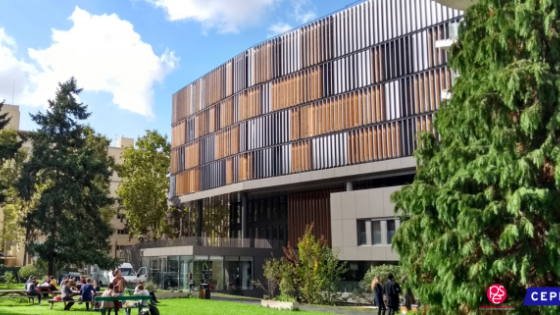DP13860 Social Media and Polarization
Because of its impacts on democracy, there is an important debate on whether the recent trends towards greater use of social media increases or decreases (political) polarization. One challenge for understanding this issue is how social media affects the equilibrium prevalence of different types of media content. We address this issue by developing a model of a social media network where there are two types of news content: mass-market (mainstream news) and niche-market (biased or more "extreme" news) and two different types of individuals who have a preference for recommending one or other type of content. We find that social media will amplify the prevalence of mass-market content and may result in it being the only type of content consumed. Further, we find that greater connectivity and homophily in the social media network will concurrently increase the prevalence of the niche market content and polarization. We then study an extension where there are two lobbying agents that can and wish to influence the prevalence of each type of content. We find that the lobbying agent in favor of the niche content will invest more in lobbying activities. We also show that lobbying activity will tend to increase polarization, and that this effect is greatest in settings where polarization would be small absent of lobbying activity. Finally, we allow individuals to choose the degree of homophily amongst their connections and demonstrate that niche-market individuals exhibit greater homophily than the mass-market ones, and contribute more to polarization.


